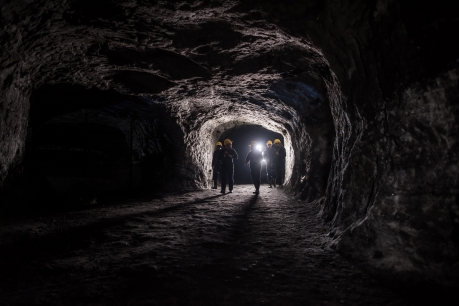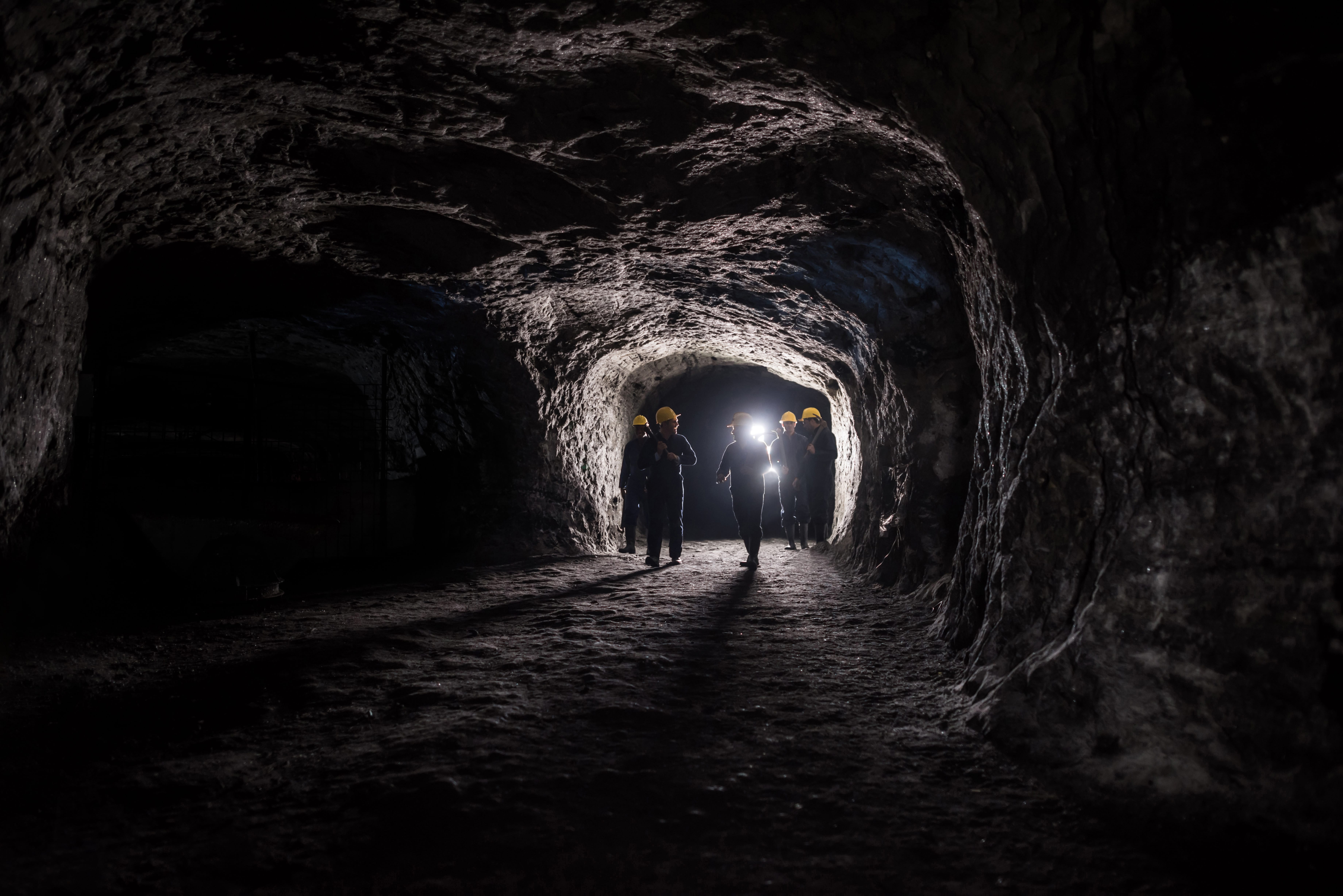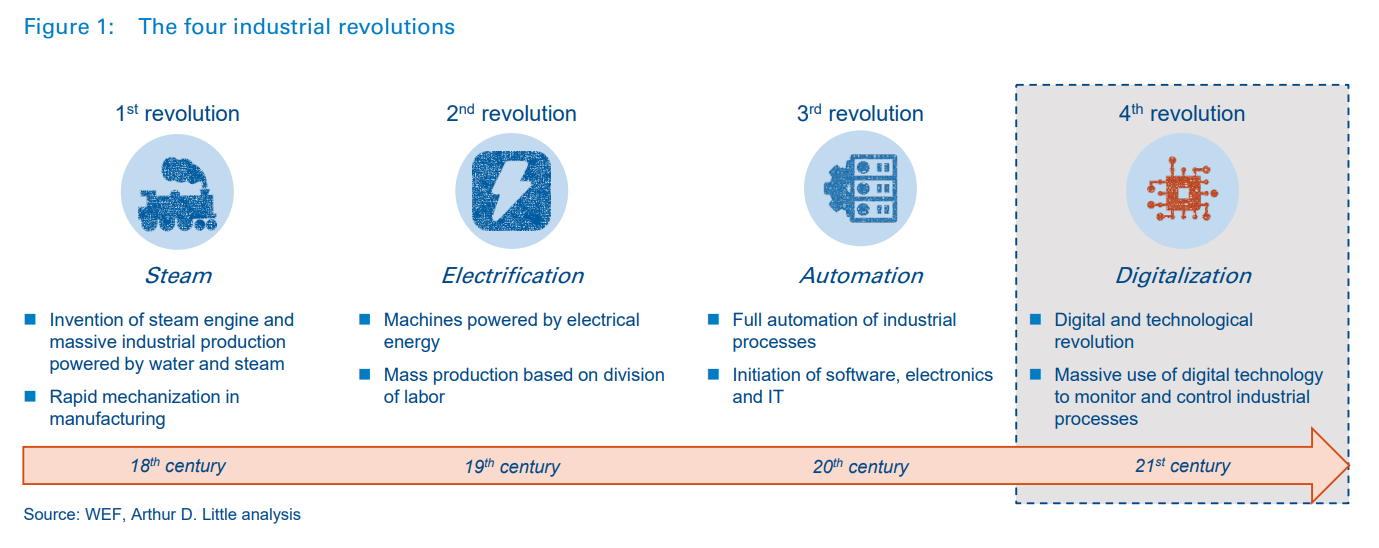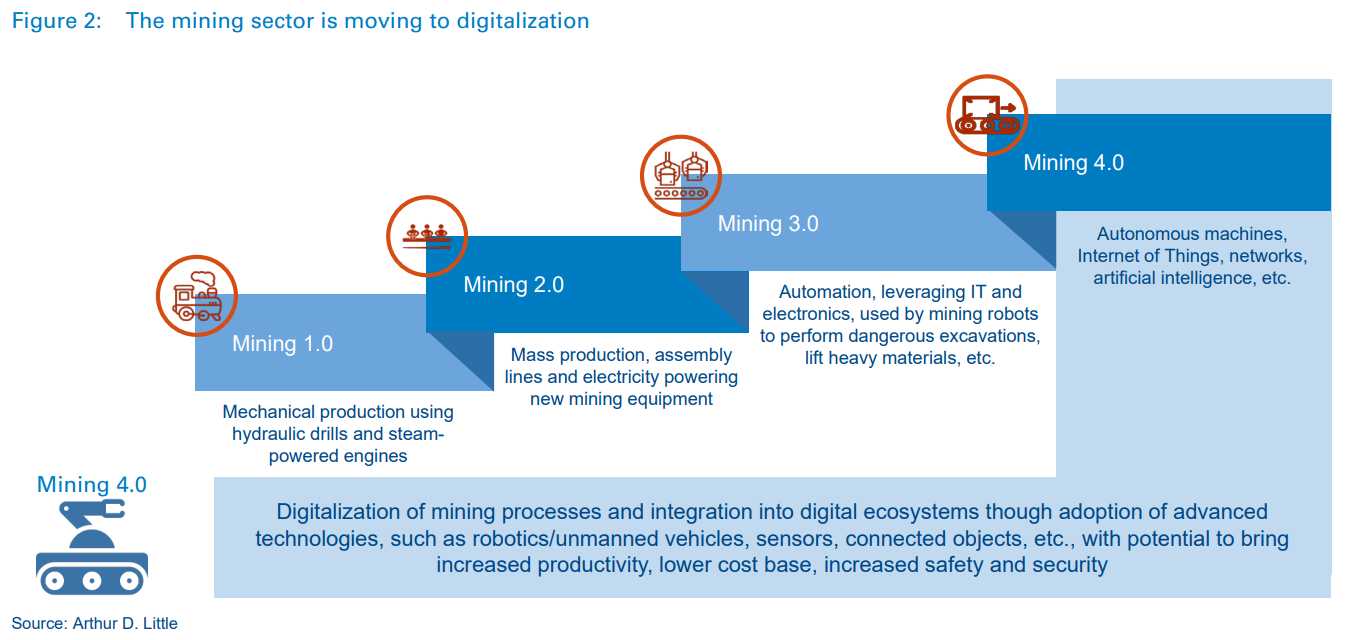3 min read • Industrial goods & services, Operations management
Agile crocodile
The modern metals & mining sector and its future


Executive Summary
Modern crocodiles are unique creatures. They are the current reflection of the ancient eras, the least changed from their prehistoric relatives that lived 250 million years ago.
However, they have not been static since they first appeared on the evolutionary scene. Despite looking almost the same as they did millions of years ago, the species we see around us today is completely different in essence to those that once existed; they are specialized creatures in their own right, rather having had stagnant development since ancient times. And given how much they’ve changed since their origin, we can’t even imagine what might happen in the future.
The mining industry, like the crocodile, is one of the oldest types of human activity, dating back to ancient times. Since civilization began, people have used mining techniques to access minerals in the earth. Long ago the sector was underdeveloped, complex and dangerous. Now we see a completely different animal, dramatically improving year on year. Modern mining might conceptually look the same as the version 1,000 years ago, but its essence is completely different.
It is still believed that the metals & mining sector is quite slow when we talk about quick adoption of new technologies.
However, we can clearly see that over the past decade the major mining companies have started to adopt high-tech digital inventions. They are running pilots in different areas, and assessing and feeling the real impact of the fourth industrial revolution on their supply chains, operations, safety and overall process efficiency.
Four industrial revolutions and their impact on the metals & mining sector
The world has witnessed three industrial revolutions in the past 200 years, and is on the brink of the fourth one, mainly driven by digitalization.
Each revolution has been enabled by technological advancements and led to fundamental changes in the ways industries functioned. The first revolution was heralded by the invention of the steam engine in the 18th century, which enabled massive industrial production and rapid mechanization in manufacturing. The second revolution was caused by electrification, which brought about the use of machines powered by electricity and led to mass production based on division of labor. The third revolution, enabled by software and electronics, led to full automation of industrial processes.
Now, in the 21st century, we stand at the forefront of the next industrial revolution, which will be powered by digitalization. Digital technology will be used on a massive scale to monitor and control industrial processes. Autonomous and connected systems will be able to work independently, powered by large volumes of information and analytics. Humans and these systems are envisioned to work seamlessly together.
The industrial revolutions have transformed the metals & mining industry, which is also moving to a 4.0 state driven by digitalization.
The metals & mining industry has been significantly transformed by the industrial revolutions of the past. Mining 1.0, the first transformation, was enabled by the advent of mechanical production through hydraulic drills and steam-powered engines. Mining 2.0 and Mining 3.0 leveraged the key inventions of the corresponding industrial revolutions – mass production and automation, respectively.
We expect the mining industry to undergo another transformation soon – Mining 4.0 – enabled by the fourth industrial revolution. Mining 4.0 will be about using the power of digitalization to transform the value chain. This will be driven by the digitalization of mining processes and integration of the industry in digital ecosystems, through adoption of advanced technologies that have the potential to bring increased productivity, lower cost bases, and increased safety and security.


DOWNLOAD THE FULL REPORT
3 min read • Industrial goods & services, Operations management
Agile crocodile
The modern metals & mining sector and its future

DATE

Executive Summary
Modern crocodiles are unique creatures. They are the current reflection of the ancient eras, the least changed from their prehistoric relatives that lived 250 million years ago.
However, they have not been static since they first appeared on the evolutionary scene. Despite looking almost the same as they did millions of years ago, the species we see around us today is completely different in essence to those that once existed; they are specialized creatures in their own right, rather having had stagnant development since ancient times. And given how much they’ve changed since their origin, we can’t even imagine what might happen in the future.
The mining industry, like the crocodile, is one of the oldest types of human activity, dating back to ancient times. Since civilization began, people have used mining techniques to access minerals in the earth. Long ago the sector was underdeveloped, complex and dangerous. Now we see a completely different animal, dramatically improving year on year. Modern mining might conceptually look the same as the version 1,000 years ago, but its essence is completely different.
It is still believed that the metals & mining sector is quite slow when we talk about quick adoption of new technologies.
However, we can clearly see that over the past decade the major mining companies have started to adopt high-tech digital inventions. They are running pilots in different areas, and assessing and feeling the real impact of the fourth industrial revolution on their supply chains, operations, safety and overall process efficiency.
Four industrial revolutions and their impact on the metals & mining sector
The world has witnessed three industrial revolutions in the past 200 years, and is on the brink of the fourth one, mainly driven by digitalization.
Each revolution has been enabled by technological advancements and led to fundamental changes in the ways industries functioned. The first revolution was heralded by the invention of the steam engine in the 18th century, which enabled massive industrial production and rapid mechanization in manufacturing. The second revolution was caused by electrification, which brought about the use of machines powered by electricity and led to mass production based on division of labor. The third revolution, enabled by software and electronics, led to full automation of industrial processes.
Now, in the 21st century, we stand at the forefront of the next industrial revolution, which will be powered by digitalization. Digital technology will be used on a massive scale to monitor and control industrial processes. Autonomous and connected systems will be able to work independently, powered by large volumes of information and analytics. Humans and these systems are envisioned to work seamlessly together.
The industrial revolutions have transformed the metals & mining industry, which is also moving to a 4.0 state driven by digitalization.
The metals & mining industry has been significantly transformed by the industrial revolutions of the past. Mining 1.0, the first transformation, was enabled by the advent of mechanical production through hydraulic drills and steam-powered engines. Mining 2.0 and Mining 3.0 leveraged the key inventions of the corresponding industrial revolutions – mass production and automation, respectively.
We expect the mining industry to undergo another transformation soon – Mining 4.0 – enabled by the fourth industrial revolution. Mining 4.0 will be about using the power of digitalization to transform the value chain. This will be driven by the digitalization of mining processes and integration of the industry in digital ecosystems, through adoption of advanced technologies that have the potential to bring increased productivity, lower cost bases, and increased safety and security.


DOWNLOAD THE FULL REPORT